City of Literature
UNESCO's City of Literature programme is part of the wider Creative Cities Network.
The Network was launched in 2004, and now has member cities in seven creative fields. The other creative fields are: Crafts and Folk Art, Design, Film, Gastronomy, Media Arts, and Music.[1]
Criteria for Cities of Literature
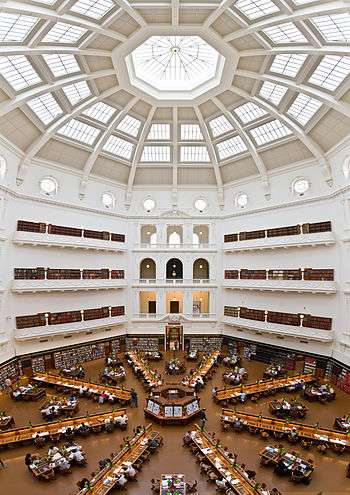
To be approved as a City of Literature, cities need to meet a number of criteria set by UNESCO.[2]
Designated UNESCO Cities of Literature share similar characteristics:
- Quality, quantity, and diversity of publishing in the city
- Quality and quantity of educational programmes focusing on domestic or foreign literature at primary, secondary, and tertiary levels
- Literature, drama, and/or poetry playing an important role in the city
- Hosting literary events and festivals, which promote domestic and foreign literature
- Existence of libraries, bookstores, and public or private cultural centres, which preserve, promote, and disseminate domestic and foreign literature
- Involvement by the publishing sector in translating literary works from diverse national languages and foreign literature
- Active involvement of traditional and new media in promoting literature and strengthening the market for literary products
Cities submit bids to UNESCO to be designated a City of Literature. The designations are monitored and reviewed every four years by UNESCO.
About the cities
In 2004, Edinburgh became the first literary city. It hosts the annual International Book Festival and has its own poet laureate—the Makar.[3][4]
Ljubljana runs their Library Under the Treetops at various locations across the city, including Tivoli City Park and Zvezda Park. These sites offer a selection of book genres and several domestic and foreign newspapers and magazines.[5][6]
Manchester is home to the "world-class" Central Library and the "historic gems" of The Portico, John Rylands, and Chetham's.[7]
Melbourne's "vibrant literary scene" includes over 300 bookshops, Victoria State Library among many other libraries, a base for Penguin Random House and for Lonely Planet, the Wheeler Centre, and the Melbourne Writers' Festival.[8][9][10]
Prague's "great intellectual and creative resources," includes the book design, illustration, typography, and graphic design fields. It also has the National Library of the Czech Republic among over 200 libraries, one of Europe's highest concentrations of bookshops, and the Prague Writers' Festival.[11][12]
Libraries in other literary cities, include: Braidense National Library in Milan, Heidelberg University Library, and the National Library of Ireland in Dublin.[13][14][15]
Tartu is a "fountain of vitality," Durban is "fun-loving," and Reykjavík is a "small city with a big soul."[16][17][18]
Edinburgh is a "beauty with a beating heart," while Dunedin is the "Edinburgh of the South."[19][20]
Cities of Literature
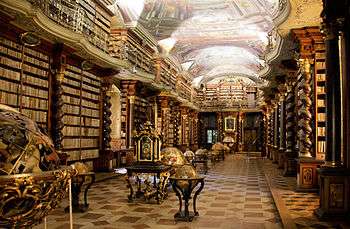

There are thirty-nine Cities of Literature, spanning twenty-eight countries and six continents.
Twenty-four of the represented cities are European, seven are Asian or Middle Eastern and three are North American. Oceania is represented by two cities, while Africa and South America have one designated city each.
Eight countries have more than one designated city: Iraq, the Netherlands, Poland, South Korea, Spain, Ukraine and the United States all have two, and the UK has five.
The Cities of Literature are:

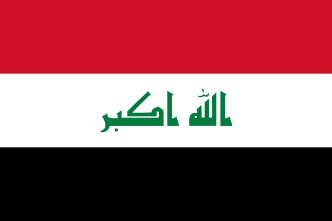

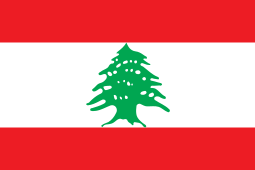

















.svg.png)








.svg.png)
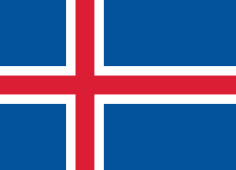







See also
References
- "64 Cities Join the UNESCO Creative Cities Network".
- Do you have what it takes to be a City of Literature?
- "Edinburgh Crowned the Capital of Literature".
- "Edinburgh".
- "Ljubljana".
- "Library Under the Treetops".
- "Manchester Named as a UNESCO City of Literature".
- "Melbourne".
- "Penguin Random House".
- "Lonely Planet".
- "Prague".
- "Prague".
- "Ten Stunning Italian Libraries".
- "Eight Most Beautiful Libraries in Germany".
- "Five Libraries in Dublin Every Bibliophile Should Visit".
- "Tartu".
- "Durban".
- "Reykjavík".
- "Edinburgh".
- "Dunedin".
- "Angoulême".
- "Baghdad".
- "Barcelona".
- "Beirut".
- "Bucheon".
- "Dublin".
- "Dunedin".
- "Durban".
- "Edinburgh".
- "Exeter".
- "Exeter".
- "Granada".
- "Heidelberg".
- "Iowa City".
- "Kraków".
- "Kuhmo".
- "Lahore".
- "Leeuwarden".
- "Lillehammer".
- "Ljubljana".
- "Lviv".
- "Manchester".
- "Melbourne".
- "Milan".
- "Montevideo".
- "Nanjing".
- "Norwich".
- "Nottingham".
- "Óbidos".
- "Odessa".
- "Prague".
- "Québec City".
- "Reykjavík".
- "Seattle".
- "Slemani".
- "Tartu".
- "Ulyanovsk".
- "Utrecht".
- "Wonju".
- "Wrocław".
External links
- Creative Cities Map, UNESCO.
- Edinburgh City of Literature Website.
- Melbourne City of Literature Website.
- Iowa City City of Literature Website.
- Dublin City of Literature Website.
- Reykjavík City of Literature Website.
- Writers' Centre Norwich.
- Kraków City of Literature Website.
- Heidelberg City of Literature.
- Dunedin City of Literature Website.
- Granada City of Literature Website.
- Prague City of Literature Website.
- Barcelona City of Literature Website.
- Ljubljana City of Literature.
- Lviv City of Literature Website.
- Nottingham City of Literature Website.
- Óbidos Vila Literária.
- Seattle City of Literature Website
- Tartu City of Literature Website.
- Ulyanovsk City of Literature Website.
- Utrecht City of Literature Website.
- Bucheon City of Literature Website.
.jpg)
.jpg)
